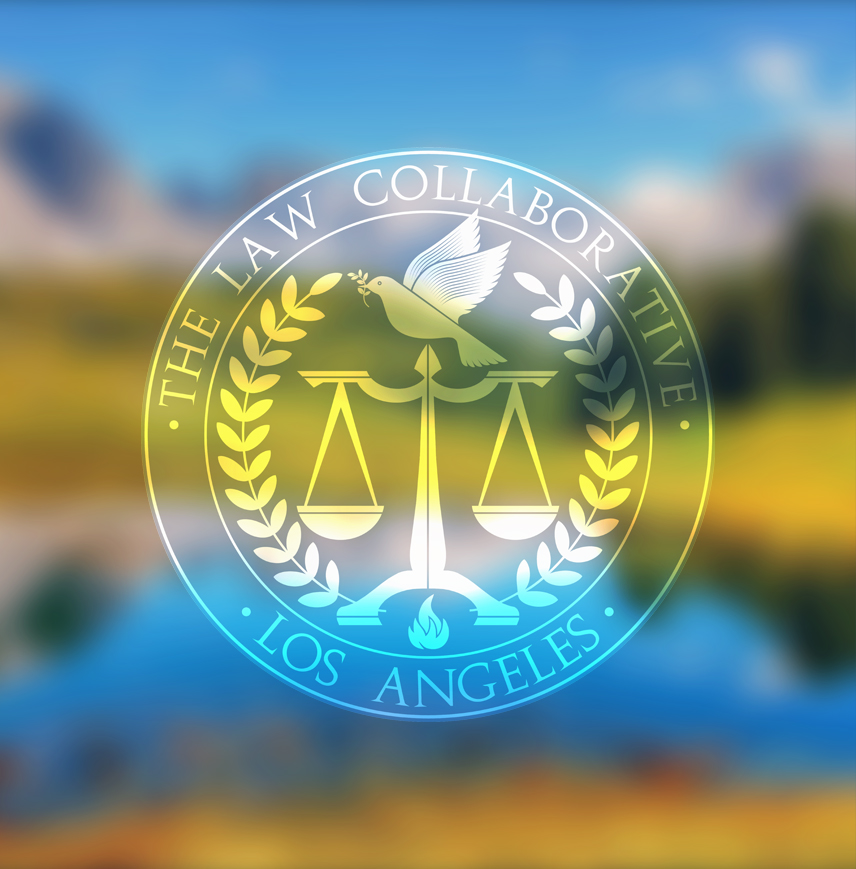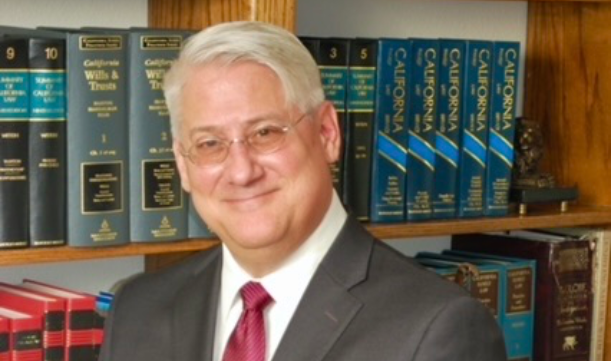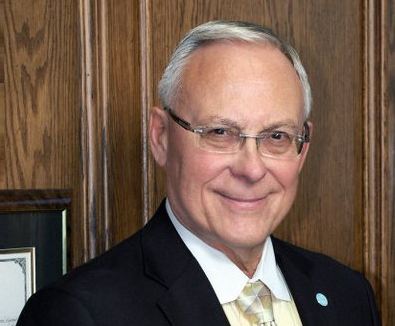Family Law Lawyers choosing among the newly emerging roles now offered in Alternative Dispute Resolution face a daunting challenge. First, one must be very clear in defining which role to play. One may choose to fill a number of possible roles with different functions, such as mediator, collaborator, mutual counsel, consulting attorney, or litigator.
In addition to the variety of roles now available to attorneys in ADR, there are a number of standards to keep in mind. In California, attorneys are bound by the Rules of Professional Conduct, and measured by the ABA Model Rules of Professional Conduct. Those that are Fellows of the American Academy of Matrimonial Lawyers must also subscribe to the Bounds of Advocacy promulgated by that distinguished association.
Vigorous Advocacy has always been a comfortable friend. Lawyers have no difficulty bringing vigorous advocacy to bear in asserting representation for the client. However, Family Law’s British brethren regard the application of “vigorous advocacy,” with appalled horror. Many have seen purportedly distinguished Family Law Attorneys duking it out in the courtroom. Vigorous advocacy has become an umbrella for almost any conduct short of illegal means.
When arbitration was introduced as an alternative to litigation, it had no affect on vigorous advocacy. Attorney’s simply took their business out of the courtroom and brought it elsewhere. Little adjustment was required.
In the 1970’s, Mediation came along. Mediation by definition is non-adversarial. Some contend it is not even the practice of law. Lawyers who wanted to be mediators needed to learn new technology that included the skills of mental health professionals – techniques such as active listening, reflective feedback, reframing, and the art of holding the opposites. Not all lawyers wanted, nor were able to do this. And, possibly because of habit, or an addiction to hierarchal thinking, some lawyers came to believe that unless one masters and practices litigation-style Dispute Resolution, one is not worthy of the appellation, “lawyer.”
However, ethics and community values compel lawyers to take a harder look at such ideas. ADR is evolving. If family lawyers are to live up to their claims of professional commitment to families, children and society as a whole, they must evolve as well.
Now comes Collaborative Law, another reflection of society’s ongoing disappointment, distrust and angst over combat-based Dispute Resolution. Attorneys continue to face the challenge of forming a better solution to litigation. Collaborative Law may be it, or not. But attorneys ought not turn their backs on the need for change.
In Collaborative law, all of the Rules of Professional Conduct fully apply. Yet the climate of the process can be dramatically different. Each party and each attorney takes an oath to scrupulous honesty, voluntary, full disclosure and a total commitment to seeking a joint solution that is family centered and child friendly. The commitment to children and family, confidentiality, vigorous advocacy, and attorney-client privilege are then seen through the prism of mutuality. Lawyers, as counselors, raise the level of professional awareness to all of the issues and each option. Matters of interest to the parties that may not be permitted as a matter of law in the courts of a particular jurisdiction may be included in this process. The possibilities of creativity and imagination are virtually limitless. In addition, under the limited scope retainer, the parties retain the right to litigate, compelling the lawyer to settle the case to the satisfaction of the client, or causing the client to go elsewhere should he decide to litigate.
Collaborative Law presents advocacy to the client, the process, the children, the family, and the team. If lawyers think of themselves in a counselor role, committed to helping families in crisis find solutions, solve problems, reorganize and redesign, they will alter both their image, and their vocabulary.
Collaborative advocacy has clear boundaries made at the outset of the attorney-client relationship. A unique demand is made on the commitment of the parties. The advocate must advise the client that he does not give up the right to litigate. He merely gives up his right to use his counsel as an instrument of destruction. The client may still retain a litigator if he so chooses. When this unique concept is clearly explained, and the client fully accepts it, he understands that the limited scope of representation is intended to protect him and his family from the shadow side of his own personality that may emerge at some point, intent on destruction in the wake of having his own way at any cost. This is the essence of the holding of the opposites that proves so difficult for lawyers trained in traditional litigation skills. Instinctive in our response on behalf of our clients, we find it challenging to hold the opposite view for benefit of the family and the reorganization design that most reflects the best possible win-win alternative. Habituated as we are toward either/or hierarchal thinking, this negotiated, alternative scenario requires the use of creative and contemplative energy unfamiliar in the ordinary course of practice. Power-based, positional bargaining is much more familiar to us than interest-based bargaining. The idea of seeking and finding solutions that address the needs of each family member is challenging. Yet, that is the demand of this more recently evolved form of ADR, posing a new set of ethical issues that must be addressed. The answer lies in an understanding of the critical distinctions between the different competing approaches.
In the collaborative process, allegiance is to both client and process. If there is conflict between the two, one must discuss it with one’s client to find out where the conflict lies. One needs to understand the nature of the conflict to determine whether it can be resolved within the process, or not. If it can, then the process continues. If it cannot, then the client moves outside the process, fully cognizant of the power of choice.
In Collaborative Law, confidences are maintained, yet clients are encouraged that openness is more likely to be in the family’s best interest. No confidence may be kept that violates the duty of full disclosure that is the bedrock of the collaborative process. All meetings are open, honest, and educative. With Collaborative Law, everybody wins. Understanding your client’s view of “fair,” is coupled with helping him negotiate for it, while taking into account the other side’s view of fair. The goal is to find equity from both points of view. This critical distinction elevates the role of the collaborative lawyer to counselor and mentor, allowing the experienced Family Law attorney to model behavior and conduct that facilitates Dispute Resolution, conflict avoidance and crisis management.
This is a new role for those who are willing to participate in the changing landscape of dispute resolution. If family lawyers are to remain at the forefront of developing technology in Family Law it is time for them to take the lead in exploration, education and research design. Who better than Family Law Lawyers to determine and define the bounds of advocacy for this newly evolving opportunity in Appropriate Dispute Resolution.













